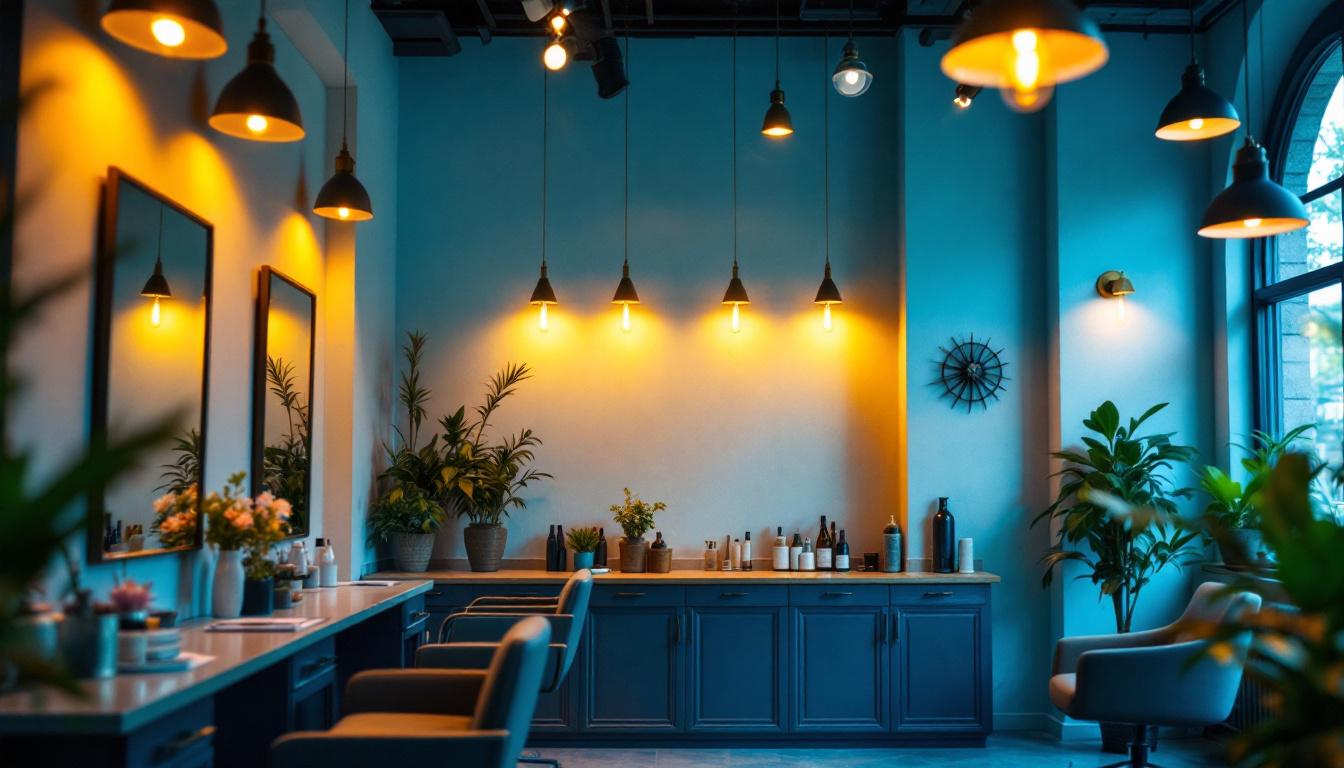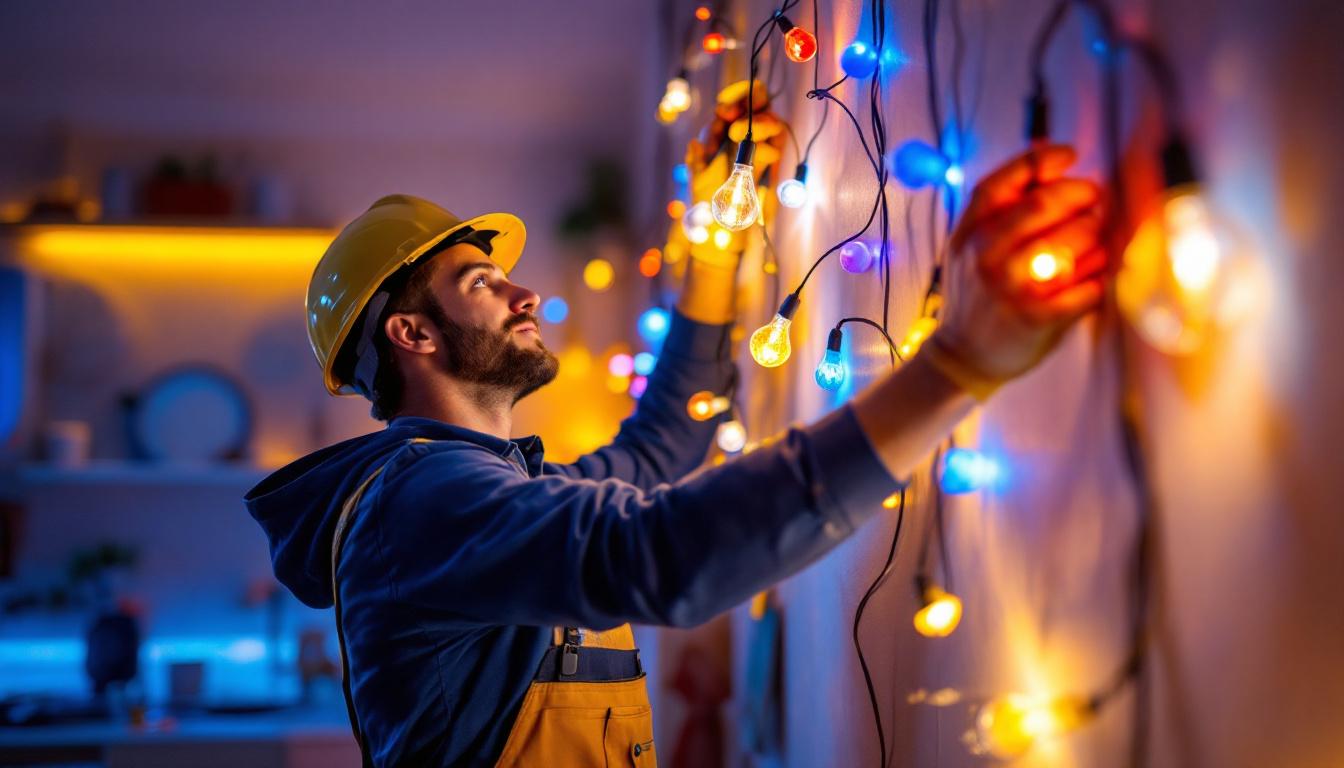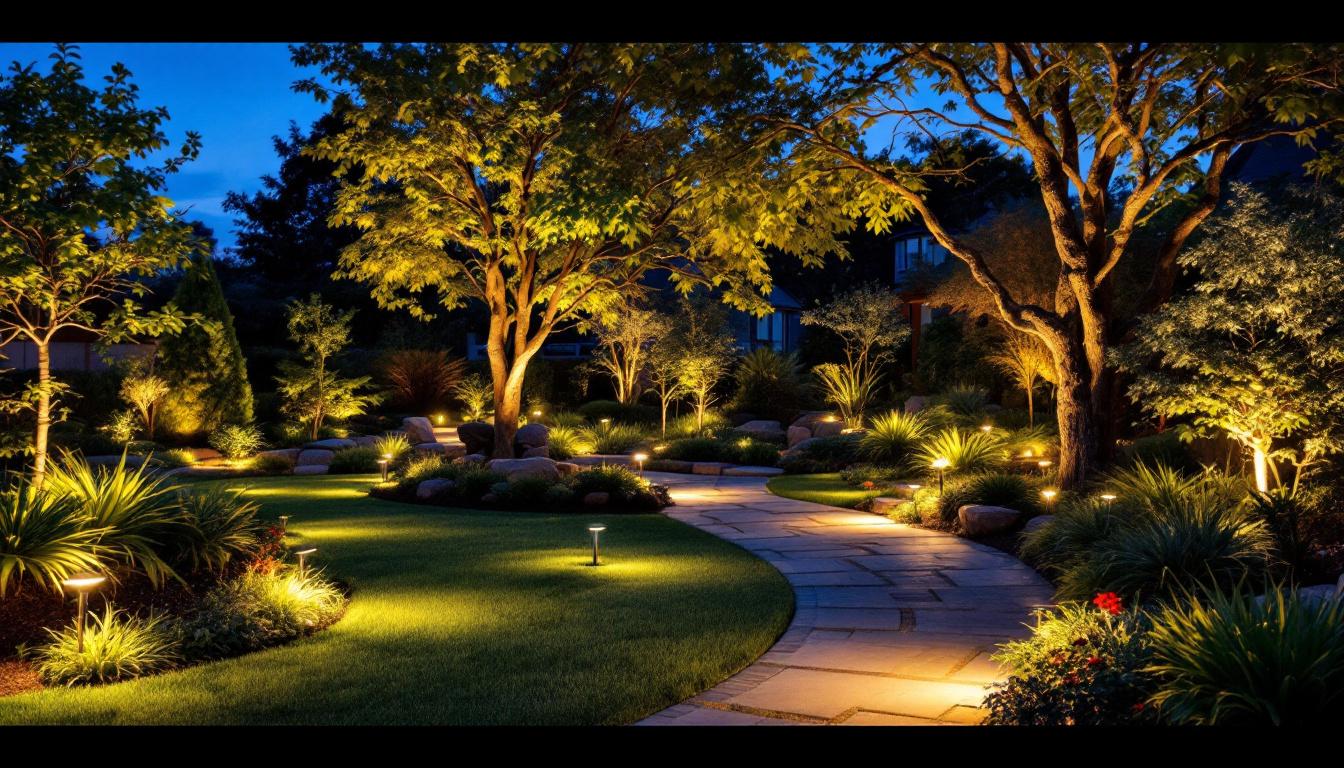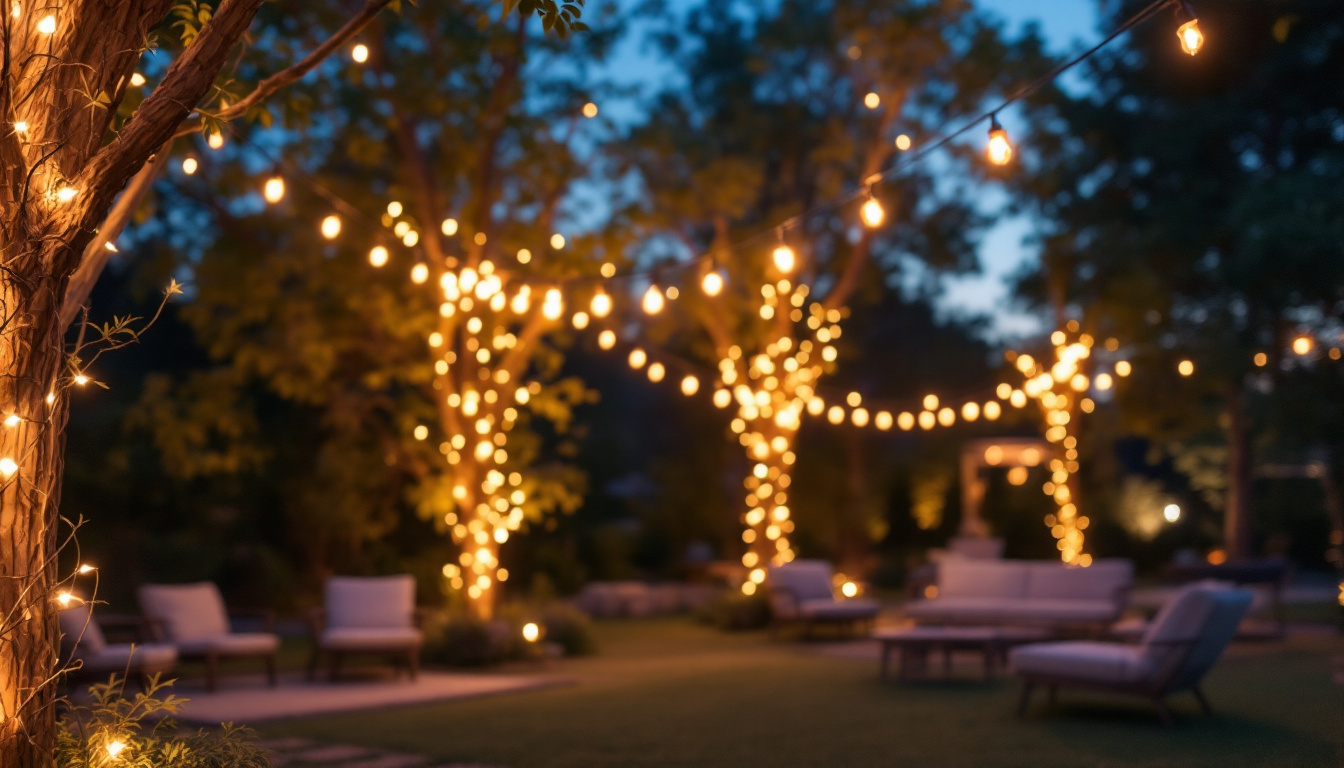
Creating the perfect ambiance in a hair salon is essential for both the client experience and the functionality of the space. Lighting plays a pivotal role in achieving this atmosphere, influencing everything from the mood to the perception of color and detail in hair treatments. For lighting contractors, understanding the best practices for salon lighting can significantly enhance the overall design and effectiveness of their projects. This article delves into innovative lighting ideas tailored specifically for hair salons, along with best practices that lighting contractors should consider.
Lighting is not merely a functional necessity; it is a crucial design element that can transform the entire salon experience. The right lighting can make a salon feel welcoming and stylish, while poor lighting can detract from the overall aesthetic and functionality. From the moment clients step through the door, the ambiance created by lighting sets the tone for their visit, influencing their mood and expectations.
Clients often seek a relaxing and enjoyable environment when visiting a salon. Proper lighting can help create a soothing atmosphere, allowing clients to unwind during their treatments. Soft, warm lighting can evoke feelings of comfort, while brighter lights can energize the space, making it feel more vibrant and lively. Additionally, incorporating adjustable lighting options can enhance the experience further; for instance, dimming the lights during a scalp massage can promote relaxation, while brighter settings can be used during styling to ensure precision and attention to detail.
For hairstylists, accurate color representation is vital. The lighting in a salon must be capable of showcasing hair colors accurately, ensuring that clients can see the true shades and tones of their hair. This is particularly important during consultations and when applying hair color, as the wrong lighting can lead to miscommunication and dissatisfaction. Furthermore, utilizing a combination of natural light and high-quality artificial lighting can enhance the overall color accuracy, allowing stylists to work with confidence. Mirrors strategically placed to reflect light can also amplify the effects, giving clients a comprehensive view of their new look from multiple angles.
In addition to enhancing client experience and ensuring color accuracy, lighting plays a significant role in the overall design cohesion of a salon. The choice of fixtures, their placement, and the color temperature can all contribute to a unified aesthetic that reflects the salon’s brand identity. For example, modern salons may opt for sleek, minimalist fixtures that provide a clean, contemporary look, while more traditional salons might choose ornate chandeliers or vintage sconces that add character and warmth. The interplay of light and shadow can also highlight architectural features, artwork, or product displays, drawing clients’ attention to the salon’s offerings and enhancing the overall visual appeal.
When designing a lighting plan for a hair salon, it is essential to consider various types of lighting that can be utilized to create a well-rounded ambiance. Each type serves a specific purpose and can enhance the overall experience.
Ambient lighting serves as the foundation of the salon’s lighting scheme. It provides overall illumination and should be evenly distributed to avoid dark spots. Recessed lighting, ceiling-mounted fixtures, and pendant lights are popular choices for ambient lighting. Selecting fixtures that complement the salon’s decor can also enhance the aesthetic appeal. Moreover, the color temperature of ambient lighting plays a significant role in setting the mood; warmer tones can create a cozy and inviting atmosphere, while cooler tones can contribute to a more modern and energetic vibe. Incorporating dimmable options allows for flexibility, enabling the salon to adjust the lighting according to different times of day or special events.
Task lighting is crucial for areas where specific activities occur, such as styling stations and wash basins. Bright, focused lighting helps stylists perform their tasks with precision. Adjustable LED task lights or wall-mounted fixtures can provide the necessary illumination without creating harsh shadows, allowing for detailed work. It’s also important to consider the placement of task lighting; for instance, lights positioned at eye level can help eliminate glare and ensure that clients see their hair color and style accurately during consultations. Additionally, integrating smart lighting solutions can enhance the functionality of task lighting, allowing stylists to adjust brightness levels with ease as they transition between different services.
Accent lighting can be used to highlight specific areas or features within the salon, such as artwork, product displays, or architectural elements. This type of lighting adds depth and interest to the space. Track lighting or wall sconces can be effective for creating focal points and enhancing the overall design. Furthermore, using colored LED lights for accent lighting can introduce a playful element, allowing salons to change the mood according to seasons or promotions. For example, a vibrant hue can energize the space during busy weekends, while softer tones can create a relaxing atmosphere during quieter times. Strategically placed accent lights can also draw attention to new products or special offers, effectively guiding customers through the salon experience while enhancing visual appeal.
Implementing the right lighting strategies is crucial for achieving a successful salon environment. Here are some best practices that lighting contractors should keep in mind when designing lighting for hair salons.
The layout of the salon plays a significant role in determining the lighting design. Understanding the flow of the space and where clients will spend the most time can help in positioning lights effectively. For instance, areas with more foot traffic may require brighter ambient lighting, while quieter spaces can benefit from softer, more relaxing illumination.
Dimmers are an excellent addition to salon lighting systems, allowing for flexibility in brightness levels. This feature enables salon owners to adjust the lighting according to the time of day or the specific service being provided. For example, softer lighting may be preferred during relaxation treatments, while brighter lighting is essential during hair coloring or cutting.
Natural light is a valuable asset in any salon. When possible, design the layout to maximize the use of windows and skylights. Natural light not only enhances the ambiance but also allows clients to see their hair colors in a more accurate light. However, it is essential to balance natural light with artificial lighting to ensure consistency throughout the day.
As technology advances, new lighting solutions are emerging that can enhance the salon experience. These innovative options can set a salon apart from the competition and create a unique atmosphere.
LED lighting has revolutionized the way spaces are illuminated. With energy efficiency, longevity, and a wide range of color temperatures, LEDs are an ideal choice for salons. They can be used for ambient, task, and accent lighting, providing versatility in design. Additionally, LED lights produce minimal heat, ensuring a comfortable environment for both clients and stylists.
Smart lighting systems offer advanced control over the salon’s lighting environment. With the ability to adjust brightness, color temperature, and even create lighting scenes, these systems provide unparalleled flexibility. Contractors should consider integrating smart technology into their designs, allowing salon owners to customize the lighting based on specific needs or moods.
Color-changing LED lights can add a dynamic element to salon lighting. These lights can be programmed to shift colors based on the time of day or specific events, creating an engaging atmosphere. For instance, a salon may choose to use calming blues during the day and vibrant colors during special events or promotions.
When designing lighting for hair salons, safety and compliance with local regulations are paramount. Ensuring that the lighting meets safety standards is essential to protect both clients and staff.
All electrical installations must comply with local building codes and safety regulations. Contractors should ensure that all wiring, fixtures, and controls are properly installed and maintained. Additionally, using fixtures that are rated for wet or damp locations is crucial, especially in areas near sinks or wash stations.
Salons should also consider accessibility standards when designing their lighting. Ensuring that all areas are well-lit and easily navigable for clients with disabilities is essential. This includes providing adequate lighting in waiting areas, styling stations, and restrooms.
A successful salon lighting design is one that harmonizes with the overall aesthetic of the space. Lighting should complement the salon’s decor, color scheme, and branding to create a cohesive experience.
The selection of light fixtures should align with the salon’s style. For modern salons, sleek and minimalist fixtures may be appropriate, while more traditional spaces may benefit from ornate chandeliers or vintage-inspired lighting. The right fixtures not only serve a functional purpose but also enhance the overall design narrative.
Understanding color temperature is essential for creating the desired ambiance. Warmer color temperatures (2700K-3000K) can create a cozy and inviting environment, while cooler temperatures (4000K-5000K) can evoke a more energetic and vibrant feel. Balancing these temperatures throughout the salon is key to achieving a harmonious lighting design.
Effective salon lighting is a blend of functionality, aesthetics, and innovation. For lighting contractors, understanding the unique needs of hair salons can lead to successful projects that enhance client experiences and support stylists in their work. By implementing best practices, utilizing innovative solutions, and ensuring safety and compliance, contractors can create lighting designs that not only illuminate but also inspire.
Ultimately, the goal is to create a space where clients feel pampered and stylists can perform their best work. As trends evolve and new technologies emerge, staying informed about the latest lighting solutions will enable contractors to deliver exceptional results in every salon project.
Ready to elevate your hair salon lighting projects with the perfect blend of quality, affordability, and convenience? At LumenWholesale, we offer contractors top-quality, spec-grade lighting products at unbeatable wholesale prices. Say goodbye to inflated markups and hello to a vast selection of reliable, high-performance lighting that meets the highest industry standards. With free shipping on bulk orders, you can ensure your salon spaces are brilliantly lit without any hidden fees or compromises. Don’t miss out on the best value for your lighting needs. Wholesale Lighting at the Best Value is just a click away!

Discover essential tips for lighting contractors on how to effectively incorporate decorative LED lights into various projects.

Discover the transformative power of solar lights with expert insights from top lighting contractors.

Discover common overlooked aspects of landscaping lights LED systems, learn expert tips, and enhance your outdoor lighting for beauty, safety, and energy savings..

Discover how solar power string lights can transform your outdoor spaces into enchanting retreats.